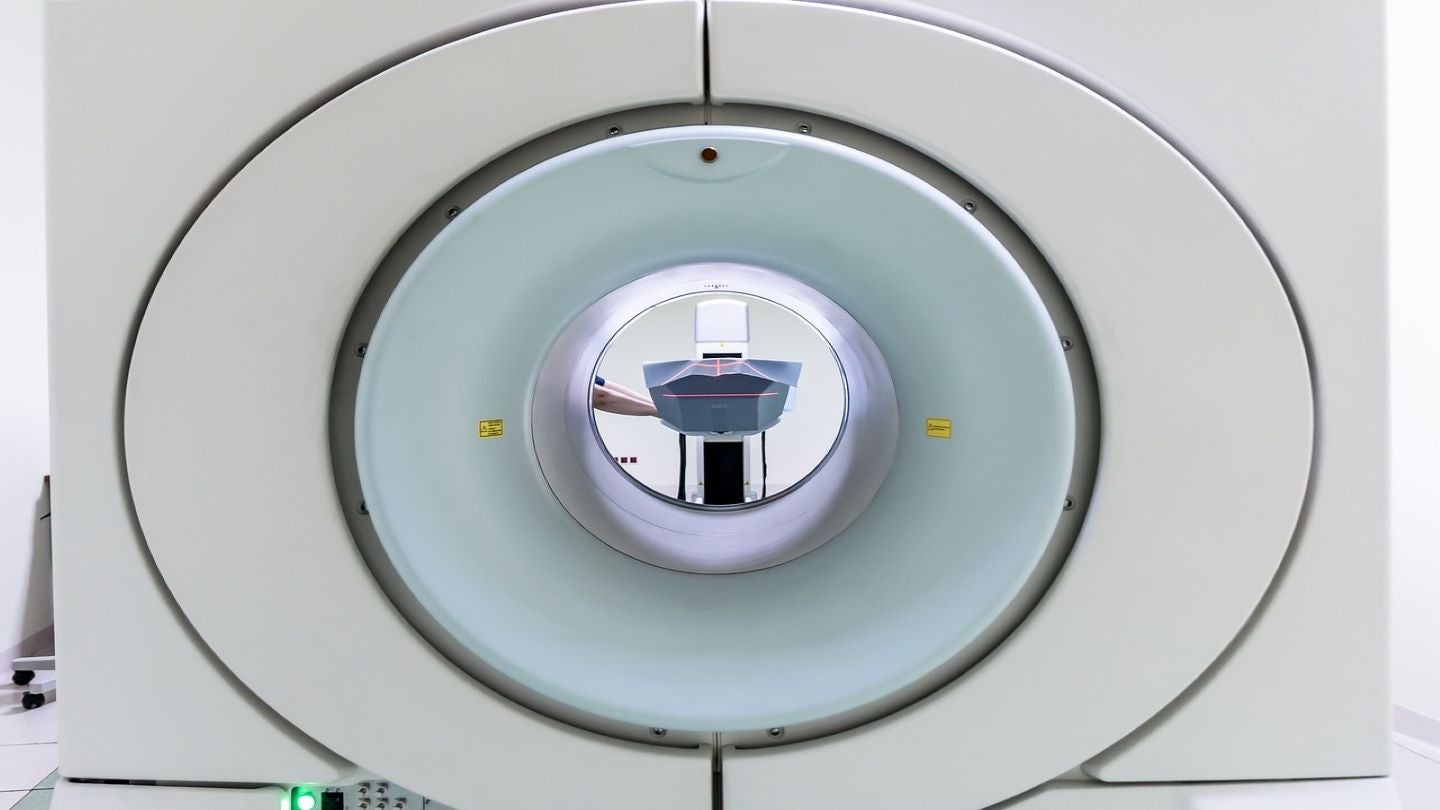
SpectraWAVE has received 510(k) clearance from the US Food and Drug Administration (FDA) for its intravascular imaging system, HyperVue.
The easy-to-use system is designed to help physicians enhance coronary stenting in cardiac catheterisation labs by integrating next-generation DeepOCT images and near-infrared spectroscopy (NIRS).
HyperVue is claimed to be the first system to combine two significant imaging technologies to boost image quality and procedural efficiency in catheterisation labs.
The company’s Starlight Imaging Catheter offers ‘rapid pullbacks’ of both imaging modalities in a single, low-profile and no-flush form factor.
Both the image acquisition and artificial intelligence-enabled image review can be controlled from the sterile field by the physician, creating a workflow that helps optimise percutaneous coronary intervention (PCI).
SpectraWAVE CEO Dr Eman Namati said: “This is a landmark day for SpectraWAVE, but more importantly, a critical step towards improving outcomes for patients with coronary artery disease.
How well do you really know your competitors?
Access the most comprehensive Company Profiles on the market, powered by GlobalData. Save hours of research. Gain competitive edge.

Thank you!
Your download email will arrive shortly
Not ready to buy yet? Download a free sample
We are confident about the unique quality of our Company Profiles. However, we want you to make the most beneficial decision for your business, so we offer a free sample that you can download by submitting the below form
By GlobalData“Our proprietary DeepOCT-NIRS imaging system pushes the technological limits of optical coherence tomography – both in image quality and depth – while combining it with spectroscopy for the first time, packaging both into a no-flush catheter with an artificial intelligence-powered user experience.
“With this regulatory clearance, we are excited to begin the transition to a commercial entity and launch our product.”
The system has already been used by several physicians in a first-in-human study.
As part of this study, initial cases with the system were carried out at the Department of Research Innovation, Angiografia de Occidente, Colombia.
The cases were performed under the guidance of the site’s principal investigator, Dr Antonio Dage, and the study’s principal investigator, Dr Ziad Ali.







